Colorado isn’t just about towering peaks and wild adventures—it’s also hiding some of the coolest remnants of the past. Beneath its red canyons, grassy plains, and rocky cliffs lie stories etched in stone, buried in the dirt, and waiting to be uncovered.
From lost cities to ancient petroglyphs, these discoveries connect us to the people who walked this land long before ski resorts and hiking trails. Some finds have rewritten history.
Others have left archaeologists scratching their heads. But all of them reveal something incredible about Colorado’s deep, complex past.
Ready to dig into the mysteries? Here are 12 archaeological discoveries that prove this state is more than just a pretty place.
Clovis Points
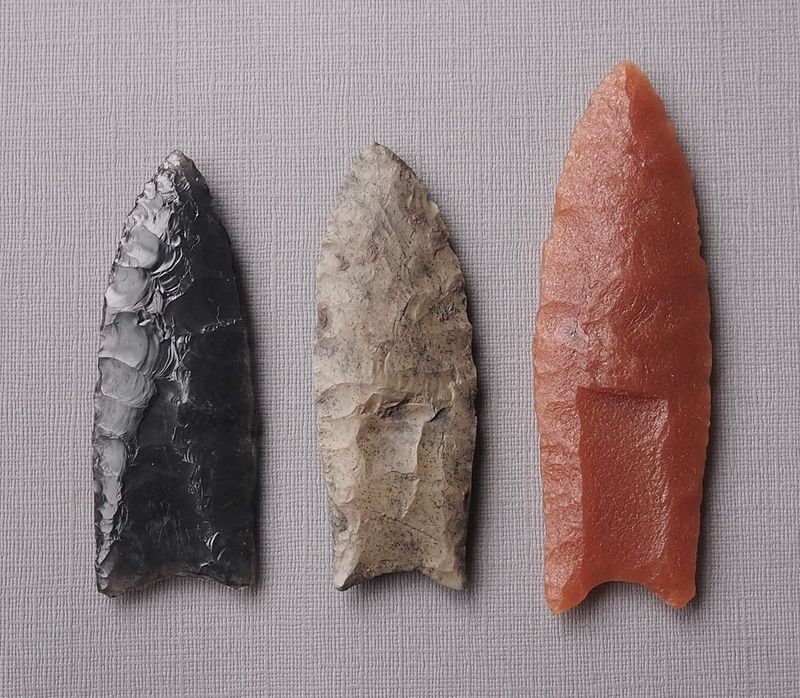
In the shadow of the Rocky Mountains, a collection of Clovis Points brings to light the craftsmanship of Paleo-Indians. These finely crafted stone tools, over 13,000 years old, are a testament to the ingenuity of their makers.
Discovered in various sites across Colorado, they are often associated with prehistoric big-game hunting.
The precision in their design illustrates a deep understanding of material properties and hunting needs. Their presence provides crucial evidence of some of North America’s earliest inhabitants and their sophisticated skills.
Mesa Verde Cliff Dwellings
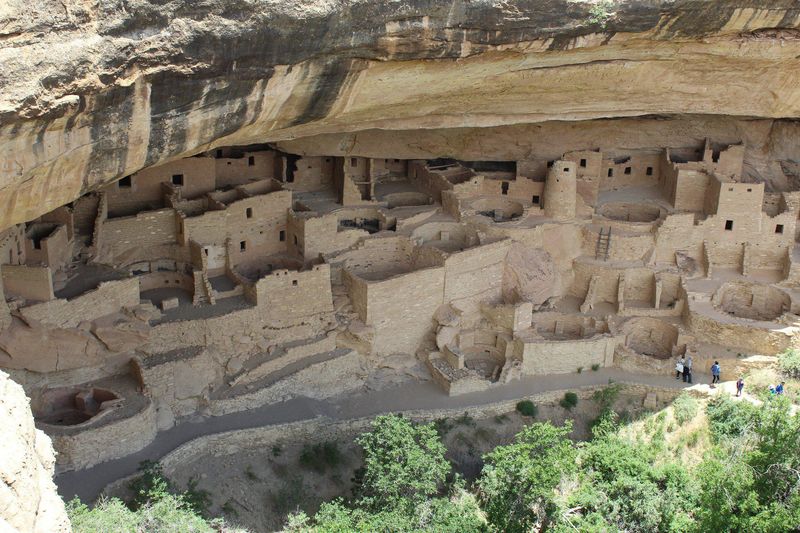
Perched amidst the rugged cliffs of southwestern Colorado, the Mesa Verde Cliff Dwellings are relics of the Ancestral Puebloans. These structures, intricately built into the cliff faces, served as homes and ceremonial spaces.
Dating back to the 12th century, they reflect the ingenuity and adaptability of their builders.
Visitors today marvel at the architecture, which blends seamlessly with the natural rock formations. The dwellings offer a peek into a culture that once thrived in harmony with its challenging environment.
Pawnee Buttes Petroglyphs
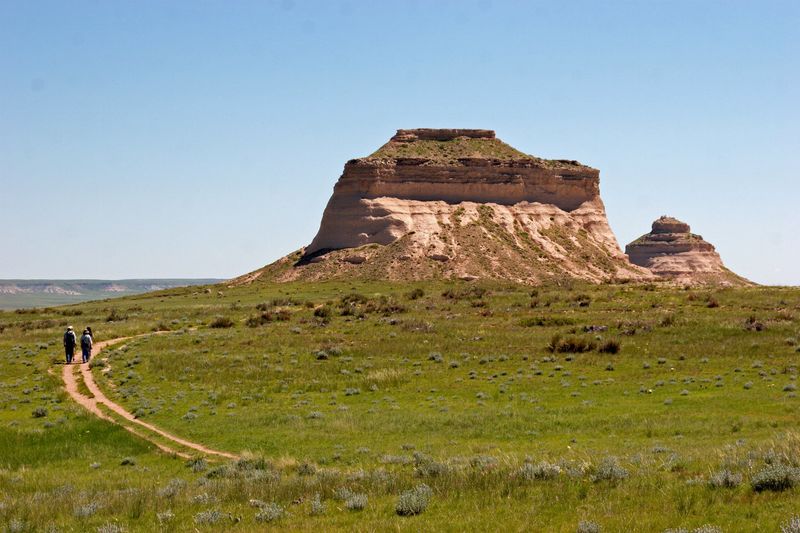
Nestled in the serene landscape of northeastern Colorado, Pawnee Buttes is home to a collection of petroglyphs that speak volumes about Native American life. These ancient rock engravings depict everything from daily activities to spiritual symbols.
Carved by indigenous peoples, they provide a visual narrative of cultural and religious practices. The petroglyphs, etched into the sandstone, serve as a lasting legacy of those who once inhabited the area, offering insight into their beliefs and interactions with their environment.
Trinchera Cave
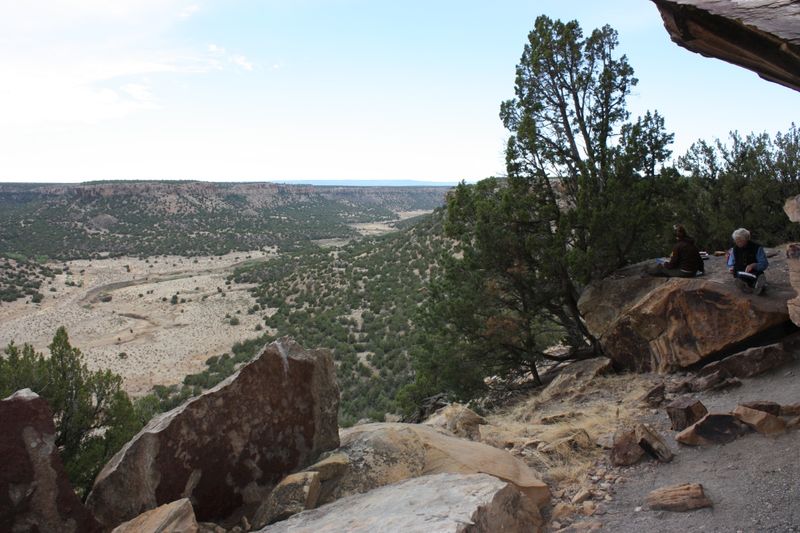
Trinchera Cave is a testament to the ancient human activity in the Colorado region. This prehistoric cave is adorned with markings and inscriptions that provide a window into the lives of the people who once sought refuge here.
The cave’s natural formations and man-made marks together paint a vivid picture of survival and adaptation.
Archaeological studies have revealed that the cave was used as a shelter by nomadic tribes over centuries. Artifacts such as stone tools and remnants of campfires found inside suggest that it was a significant site for seasonal habitation.
For modern visitors, exploring Trinchera Cave offers a thrilling journey into the past. The echoes of ancient footsteps and the cool air within create an atmosphere steeped in history, making it a must-visit for archaeology enthusiasts.
Lowry Pueblo
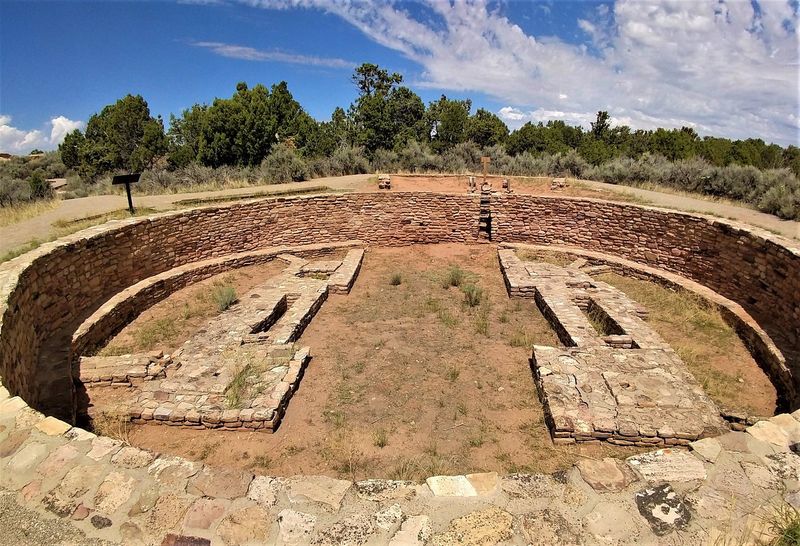
Among the rolling hills of southwestern Colorado, Lowry Pueblo stands as a testament to Ancestral Puebloan life. This archaeological site, occupied over 1,000 years ago, includes well-preserved kivas and multi-room dwellings.
The layout of the structures reveals much about community organization and social structures. As an important cultural hub, Lowry Pueblo serves as a window into the rich tapestry of trade and interaction that characterized the ancient Southwest.
Canyon Pintado
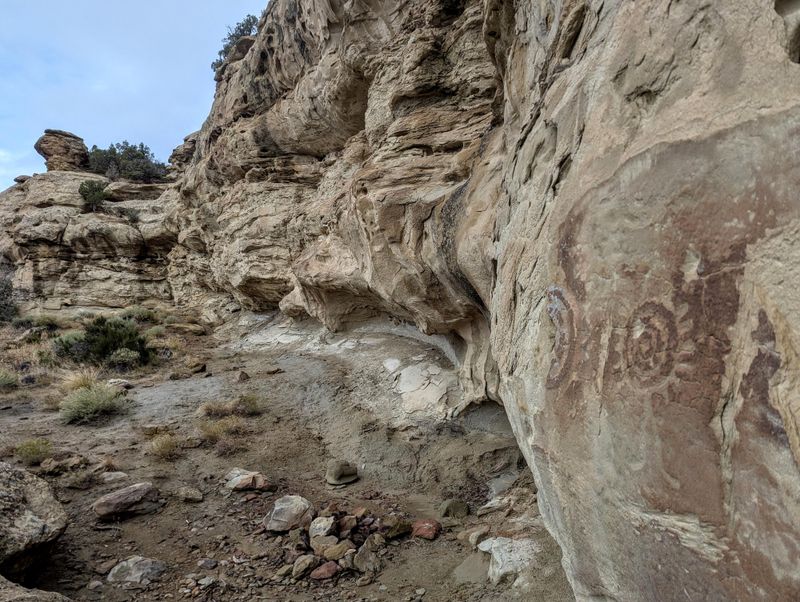
In western Colorado, Canyon Pintado showcases a gallery of ancient rock art that captivates both historians and art lovers alike. The petroglyphs and pictographs, created by the Fremont and Ute peoples, depict vibrant scenes of daily life and spiritual beliefs.
These artworks, with their intricate designs, offer a lens into the cultural expressions and traditions of these ancient societies. By studying the images, archaeologists gain insights into the symbolic and practical aspects of their creators’ lives.
Durango Rock Shelters
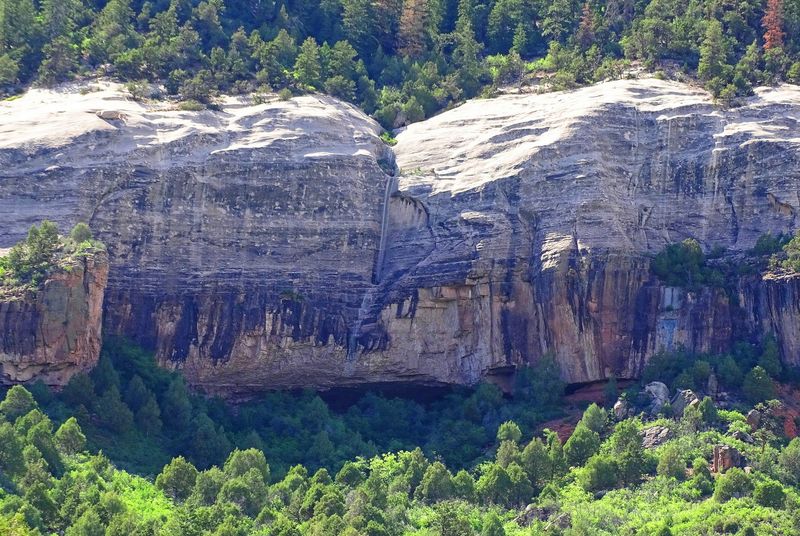
The Durango Rock Shelters are a series of archaeological sites that have yielded a wealth of information about prehistoric life in Colorado. These natural shelters were used by ancient peoples as habitation sites and ceremonial spaces.
Excavations have uncovered tools, pottery, and remnants of food.
Situated near the city of Durango, the shelters are renowned for their well-preserved artifacts and stratified deposits, offering a chronological view of human occupation. The findings have enriched our understanding of the region’s prehistoric cultures.
Visitors can explore the site through guided tours, where archaeologists recount the stories behind the artifacts, painting a vivid picture of ancient life.
Sand Creek Massacre Site

The Sand Creek Massacre Site is hallowed ground in southeastern Colorado, commemorating a tragic chapter in American history. The site marks the location of an 1864 attack by U.
S. troops on a peaceful encampment of Cheyenne and Arapaho people.
Today, it serves as a reminder of the conflict and cultural upheaval experienced by indigenous communities. The site stands as a testament to the resilience and enduring spirit of those who suffered and survived the massacre.
Ute Mountain Ute Tribal Park
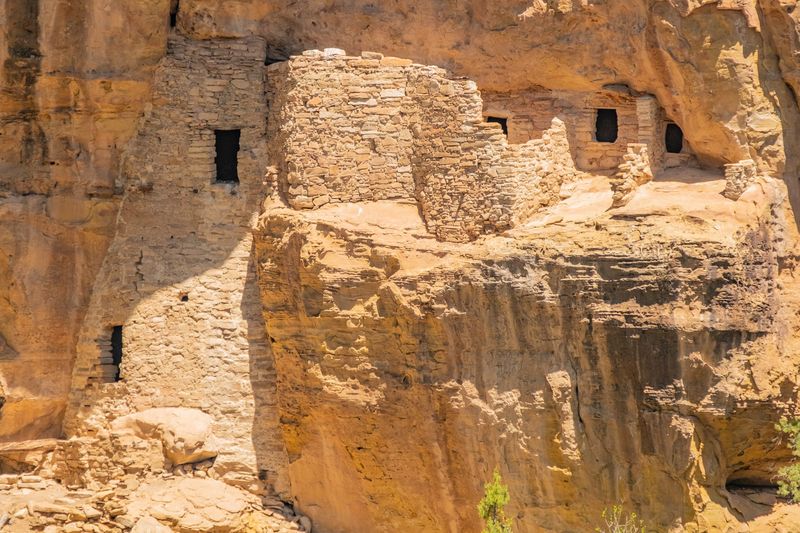
In the shadow of Sleeping Ute Mountain lies the Ute Mountain Ute Tribal Park, a place rich in history and culture. Managed by the Ute tribe, the park is home to ancient dwellings, rock art, and burial sites.
Visitors can explore guided tours led by tribal members, offering unique insights into the heritage of the Ute people. This living museum not only preserves the past but also fosters a greater understanding of the cultural continuity of indigenous peoples.
Dinosaur Ridge
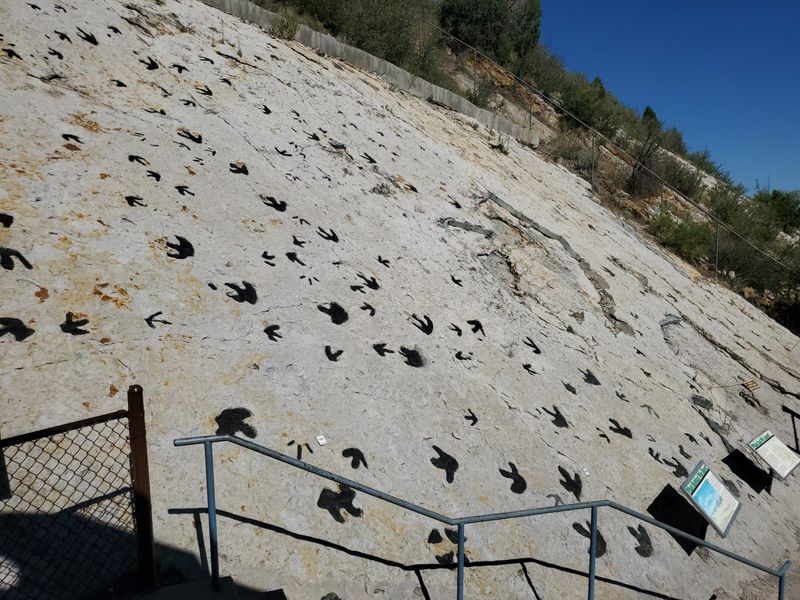
Just west of Denver, Dinosaur Ridge holds a treasure trove of prehistoric wonders. This site is famous for its well-preserved dinosaur tracks and fossils, offering a fascinating glimpse into the world of dinosaurs.
As one walks along the ridge, the footprints left by these ancient creatures tell stories of a time long before human existence. The site provides a unique opportunity to connect with the distant past and witness the remnants of Earth’s ancient inhabitants.
Ancestral Puebloan Ruins at Hovenweep
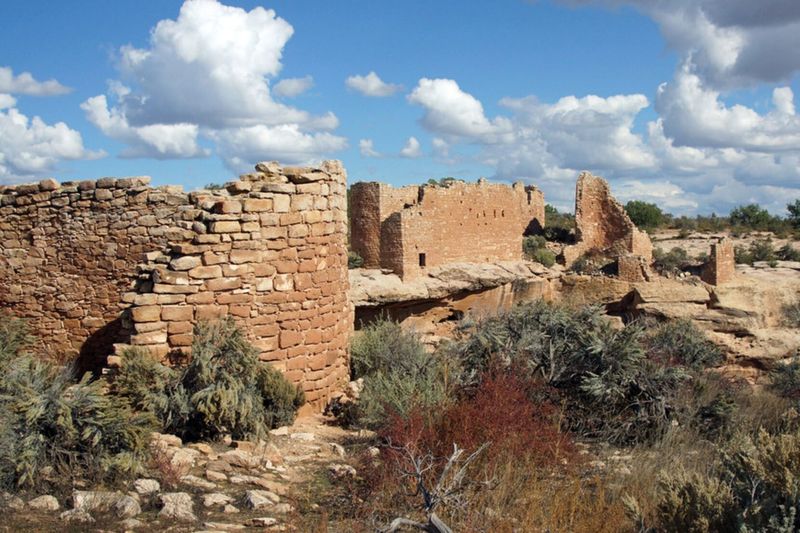
Hovenweep National Monument straddles the Colorado-Utah border, showcasing the architectural genius of the Ancestral Puebloans. These ruins, dating from the 13th century, include multi-story towers that served as both homes and defensive structures.
The craftsmanship is evident in the masonry, which remains remarkably intact.
Walking among these ancient buildings, visitors can feel the connection to a bygone era. The site offers stunning views of the surrounding canyons, making it a perfect spot for history enthusiasts and nature lovers alike.
The quiet solitude of Hovenweep provides a serene backdrop for reflection and appreciation of the ingenuity of its builders.
Chimney Rock National Monument
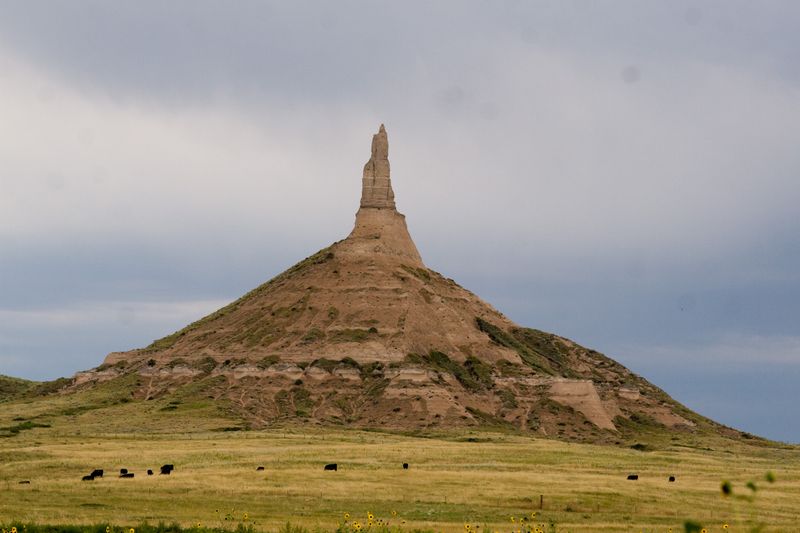
Chimney Rock National Monument, situated in the San Juan National Forest, is a place of cultural and astronomical significance. The site includes ruins of a Chacoan settlement and offers stunning views.
The alignment of these structures with celestial events suggests a deep understanding of astronomy by the ancient inhabitants. This link between the earth and sky provides valuable insights into the ceremonial and daily life of the Chacoans.
